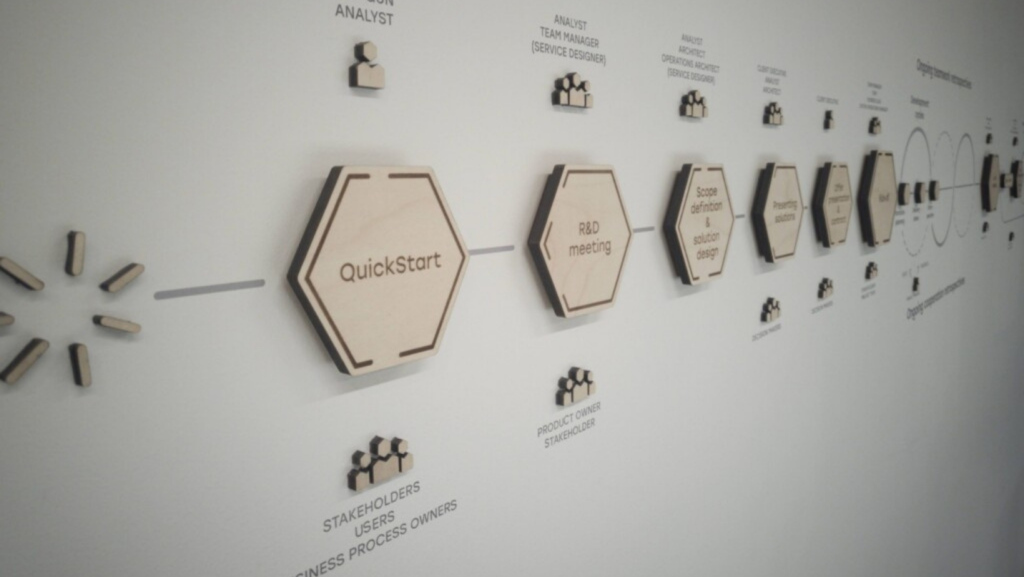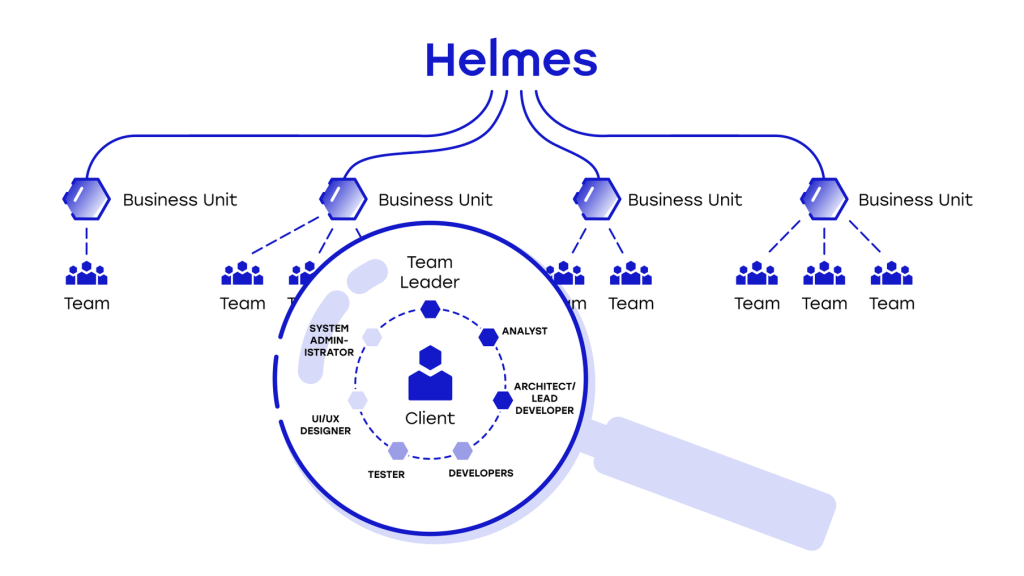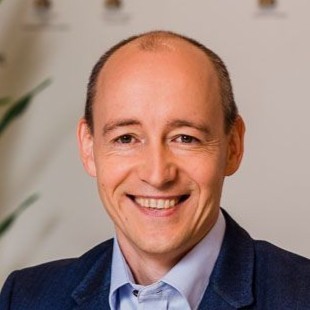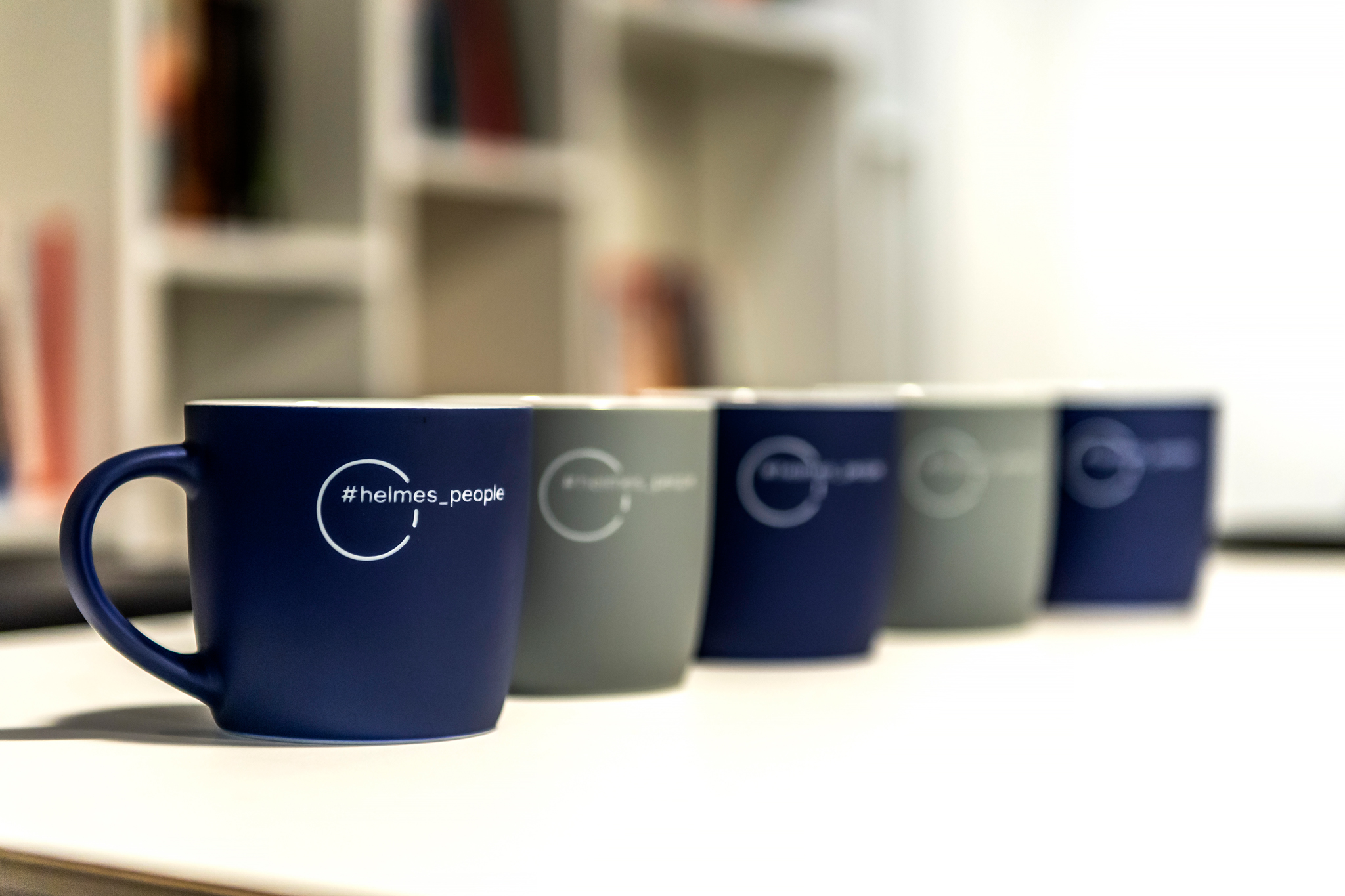Our international success and rapid expansion results from the fact that Helmes is using the techniques of applied sciences for developing business-critical software solutions and has been able to standardize and package its services. It is the packaging of our services that has made it possible for us to get to talk to several major global clients and win their trust. The fact that such giants even listen to what we have got to say is a great thing in itself and true recognition of our expertise and competence.
Our ambition is to turn Helmes and our working methods into the global gold standard of the quality of business-critical software services. However, becoming a standard and verifying compliance thereof means that all processes must be describable and measurable. This is not an easy challenge in the case of providing professional services. Helmes has found its own way, which could serve as an inspiration and example for other Estonian service companies with an ambition to make it on the international level.
How to Scale Up A Service?
In the physical products business scaling up is clearly understood – you just have to find and build the item that the consumers like. As the demand increases you produce more of the same and keep selling it. You can scale up only such things that can be repeatedly produced.
Helmes has been managing its growth from a slightly different angle. We have packaged our service, using the approach of „service as a product“. And this has enabled us to speak about scaling up our product, i.e., service. A service can be scaled up if this positive experience or event can be effectively repeated.
However, in the course of packaging with the aim of starting to sell them in large quantities, one has to be very careful. Otherwise, there is a risk that along with the good bits some defective parts find their way into the package, and these start to multiply the negative effect as the service delivery is scaled up. We have carefully picked the parts to include and the ones to leave out of our packaged service.
We have defined The Helmes Way for ourselves, which means that we have turned our business into applied science.
The real accelerator of our global growth, which has allowed us to win the trust of the clients derives from this packaged service model with its processes that are managed in an unambiguous manner. Our M&A approach is also built on the same foundation and has enabled us to convince strong companies to join us.
The Helmes Success Line – Handbook for Avoiding Common Mistakes
We have packaged and standardized two important processes.

To start, we use The Helmes Success Line when we meet a client for the first time. It is a description of the whole Helmes business process, e.g., how we offer and sell our service to the client and how we manage the success of each stage.
There is a lot of specialty literature in software development dealing with common pitfalls and the reasons why they occur in the stages of analysis, design, development, quality assurance, release, and support. But for some reason people keep making these mistakes over and over again, despite the fact that they are all well documented, and even the statistical probability is shown.
This is true for our clients and competitors, but also for some of our own younger colleagues, newer business units or teams. In order to prevent these stumbling blocks, we have described the whole process to the smallest detail. We know and are able to precisely tell the client what is going to happen after the next two steps, showing exactly where to slow down to avoid errors. Or when it’s time to just to get out of the way and let the team sprint in full speed.
SEE ALSO: Success Line
The Helmes Team Model – Guarantee of Individual Development and Service Effectiveness
The second part of our process description is The Helmes Team Model – the internal organisation of our work.

Our mission and the challenge has been to create a working environment for our talented professionals that would make them want to stay with us for 10-15 years and not needing to look for excitement or growth elsewhere.
In our research we have collaborated with the Aalto University, to add scientific weight to our concept. We have established both quantitative and qualitative reasons, why one team is excellent and another merely good or OK. As an innovative approach in the software sector, we have introduced the measuring of the teams’ performance not only on the basis of technical and financial indicators but on the basis of three balanced KPIs:
- team satisfaction,
- client satisfaction
- work effectiveness.
As a result, it has been built into the DNA of team management that employee satisfaction is just as important as financial performance and client satisfaction. How we measure all of this is part of our business wisdom, but one thing is certain – if any one of the indicators is in the red, things won’t work. A three-legged stool cannot stand on two legs only.
Based on the criteria of quality of work and effectiveness we are already among the world’s top 5% of companies offering the service of building business-critical software solutions.
But we want more!
Benchmarking is made difficult by the lack of generally recognised metrics to assess the effectiveness of integrated software development services. We have had to figure it out ourselves. In our model we have mapped multiple roles with more than 300 activities and skills.
If any one of those skills or activities is left out or performed badly, the general quality drops immediately. Each and every role is important. Wouldn’t all of us like to play first fiddle in a world-class orchestra? Or at least dream about it. But a young talent straight out of university is not ready to play first fiddle. We have built into our team model the path for the young to achieve that position as well as how to support and empower the cooperation in teams.
SEE ALSO: Tailored team models
Freedom and Entrepreneurship Are in the Helmes DNA
Based on the above some might think that in Helmes everything has been prescribed down to the last detail and nothing is left for chance. Far from it! Helmes grants its people great freedom but also demands responsibility – to contribute and make decisions in their particular fields. A trust-based culture that rewards working smart and strong performance is very inspiring for employees with an entrepreneurial spirit.
The whole organisational structure of Helmes has been built on the principle of autonomy of the teams and business units, supporting entrepreneurial thinking and great independence. We do not have corporate bureaucracy; we trust our employees and allow them great freedom in making their own decisions. The teams also have budgetary autonomy. For example, they can decide how to manage their budget and what they have to do to better serve their clients. It goes without saying that the team members get a share of the profits earned.
Given that Helmes provides services to major international clients and focuses on business-critical systems, the great freedom the employees enjoy comes with great responsibility as well. Responsibility both towards their team and the client. The significance of our work comes through knowing that the solutions we have created for these global companies who provide services all across the world, directly influence the life, health, work, and well-being of millions of people.
As a result, we have created an environment that ensures agility and autonomy but includes also a shared part – an ecosystem that supports the growth of all while taking into account the individual and special nature of the teams and their members. And last but not least, applied science in our work means that we have been able to painstakingly describe every detail of all the activities that prove to the client why we are the most effective of them all.
Get in touch

